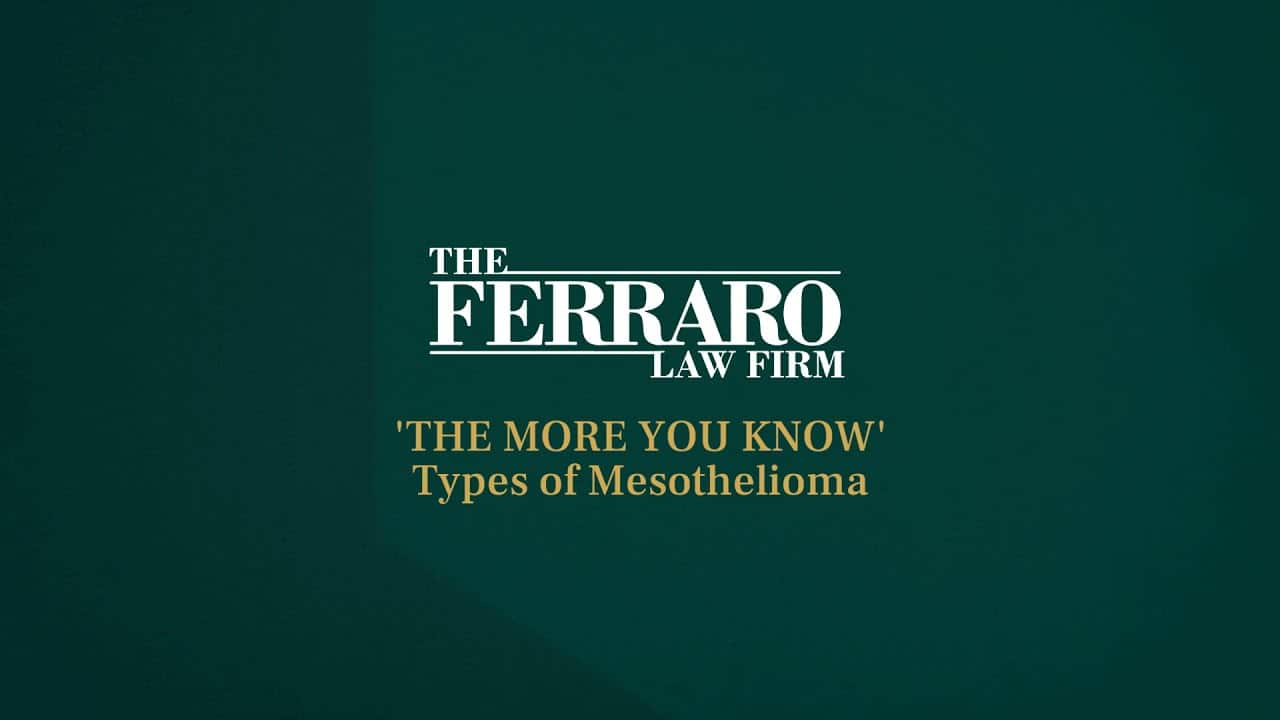If you were seriously injured, remember that it is crucial to choose the right law firm to represent your interests. We have been doing this for more than three decades, and have the resources you need to challenge any opponent.
How Common is Asbestos in Popcorn Ceilings?

Popcorn ceilings were incredibly popular for over three decades—you’ll find these textured ceilings in many homes built between 1950 and 1990. Homeowners raved about the ease with which this spray-on texture could be applied, as well as its fire-retardant and soundproofing qualities.
Unfortunately, asbestos wasn’t banned from use in textured ceiling sprays until 1977, when the popcorn ceiling craze was at its peak. This means that many homes with textured ceilings are likely to contain asbestos—which can cause serious long-term health issues, including a type of lung cancer called mesothelioma. Below, learn more about how to determine whether your popcorn ceiling contains asbestos or other harmful chemical substances and what you can do to reduce your health risks.
Table of Contents
How Many Popcorn Ceilings Have Asbestos?
Most popcorn ceilings applied before 1980 or so have between 1 and 10 percent asbestos content. While asbestos doesn’t pose much of a risk when it’s undisturbed, if it begins to crumble or if you sand it down and remodel, the airborne particles can be incredibly hazardous. Even a slight disturbance to the popcorn ceiling can release asbestos fibers into the air.
Once you’ve inhaled asbestos fibers, they remain in your lungs forever. This means that the risk of injury won’t decrease. However, your risk of developing an asbestos-related disease increases with both frequency and volume of exposure to the hazardous chemicals in asbestos. It’s important to treat the substance with respect because inhaling asbestos dust can cause coughing, shortness of breath, and serious illnesses like asbestosis, mesothelioma, and lung cancer.
Since it’s impossible to tell whether a popcorn ceiling contains asbestos just by looking at it, if you’re concerned about your ceiling’s asbestos content—or if you’re planning to get rid of your popcorn ceiling—you should have it professionally tested.
Determining Whether Your Ceiling Contains Asbestos
If your home was built or majorly remodeled before 1980, there’s a high chance that your popcorn ceiling contains asbestos. And if you have other textured paint products in your home (like textured walls), they may contain asbestos as well. Because the effects of exposure can lead to harmful health effects, it’s wise to confirm whether your ceiling contains asbestos before moving forward with any home repairs or updates.
To assess whether your popcorn ceiling contains asbestos or other toxic substances, you can collect a sample to have professionally tested. Some companies allow you to collect a sample yourself (with certain precautions); others will send out a technician to do the collecting. To test a popcorn ceiling, you’ll need to take the following steps:
- Identify the areas of the ceiling you’d like to sample. Ideally, you should sample from two or more different areas, as a small sample from just one area may not provide an accurate reflection of your ceiling’s asbestos content.
- Wearing a mask, and after placing a plastic sheet down to catch any dust, carefully scrape off about two tablespoons’ worth of ceiling texture.
- Use a wet wipe to quickly clean up any debris so that it doesn’t become airborne.
- Place the sample in a plastic bag and seal it tightly.
- Wash your hands thoroughly and launder your clothes as soon as you can.
- Send the sample to an asbestos testing lab and wait for your results.
Be sure to wait on the testing results before you do anything else to disturb your popcorn ceiling.
What to Do If You Find Asbestos in Your Popcorn Ceiling
If testing reveals that your ceiling does contain asbestos, there are three options to reduce or even eliminate the risk of asbestos exposure within your home: encasement, encapsulation, or removal. All three options will reduce environmental exposure risks to asbestos when completed by an expert. Many professionals recommend encasement or encapsulation as an inexpensive way to ensure that asbestos particles can’t become airborne within the home.
Encasement
During encasement, the popcorn ceiling is covered with new ceiling panels or another physical barrier to prevent it from producing any dust.
Encapsulation
Encapsulation involves sealing the asbestos-containing materials with paint or another binding substance. But because painting a textured ceiling can be a challenge—and increases the risk of sending small popcorn particles flying—encapsulation should be performed only by an abatement professional who has been trained in safely handling asbestos.
Both encasement and encapsulation can be effective ways to mitigate your asbestos risk. However, because the asbestos is still present in your ceiling, if you decide to remodel later, you’ll continue to need protective measures to ensure you aren’t inadvertently exposed to asbestos fibers. You may also be required to disclose that your home contains asbestos if you list it for sale.
Removal
In some cases, removing the asbestos entirely is your best option. Do not attempt to remove an asbestos ceiling yourself. Removing asbestos can be far riskier than continuing to live with it, even if it hasn’t been encased or encapsulated, so it should be performed only by a trained, accredited mitigation professional.
It’s best to take steps to reduce human exposure to asbestos whenever possible. The long-term health effects are well documented.
If you or a loved one has developed mesothelioma or is experiencing other health issues as a result of asbestos exposure, you may be entitled to compensation. At The Ferraro Law Firm, we’re focused on each client’s case and will use all our resources to ensure you have the most robust representation possible. To schedule your free consultation, call 888-554-2030 or just fill out our free case consultation form, and a member of our team will soon be in touch.
Frequently Asked Questions: Mesothelioma & Asbestos
What are common signs of asbestosis?
Are you at risk if you accidentally breathe in asbestos?






